On Thursday, August 25th, California air regulators voted on a historic plan to address climate change. With this, the state set itself on a path to end the era of gas-powered cars, adopting the world’s most stringent rules for transitioning to zero-emission vehicles. This regulation will phase out the sale of all new gasoline-powered cars, trucks and SUVs in the most-populous state of USA, culminating in a total ban of new sales of non-EV vehicles by 2035.

So what?
“California now has a groundbreaking, world-leading plan to achieve 100% zero-emission vehicle sales by 2035,” said the state’s governor, Gavin Newsom.
This move is likely to reshape the US auto market, which gets 10% of its sales from California. Auto makers will probably look at this regulation and target uniformity across their manufacturing fleet. Although this is good news for accelerating the switch to EVs, such a radical transformation in what people drive will also require at least 15 times more vehicle chargers statewide, a more robust energy grid and vehicles that people of all income levels can afford. Additionally, external factors like inflation, supply chains, labor, critical mineral availability and pricing, and the ongoing semiconductor shortage will all inform the implementation of such a radical regulation.

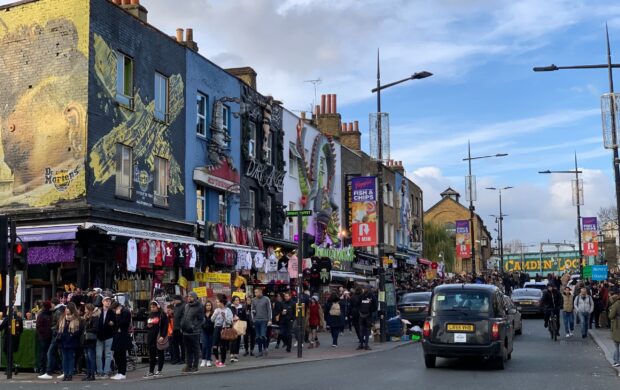

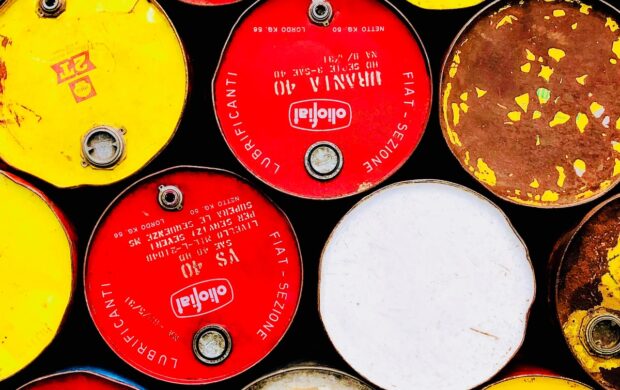
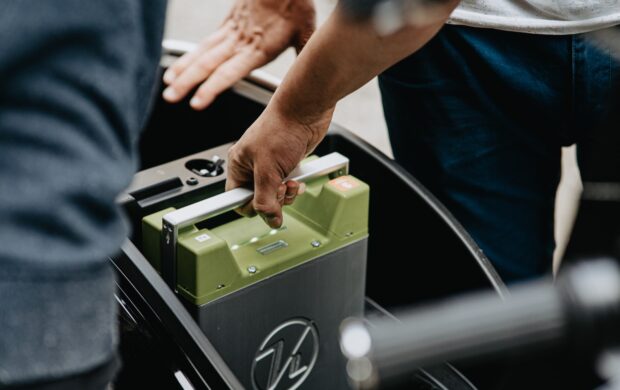
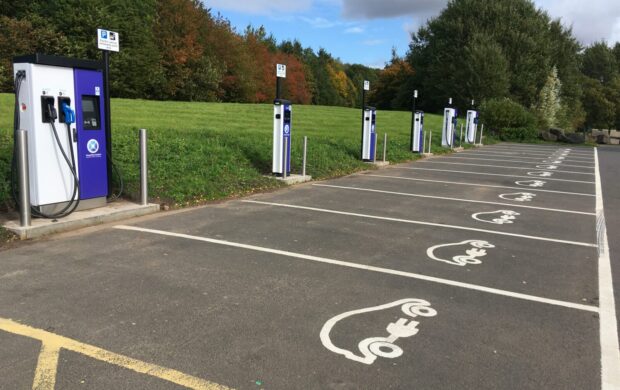

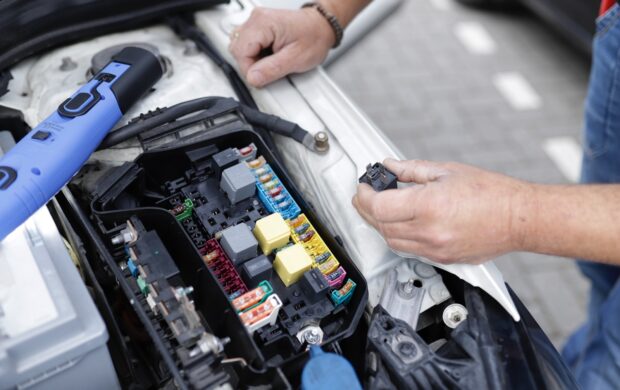


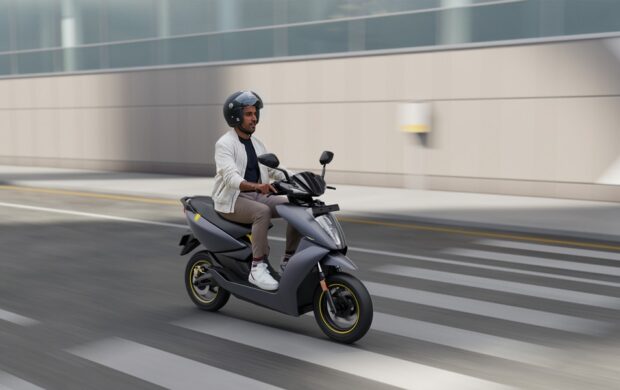
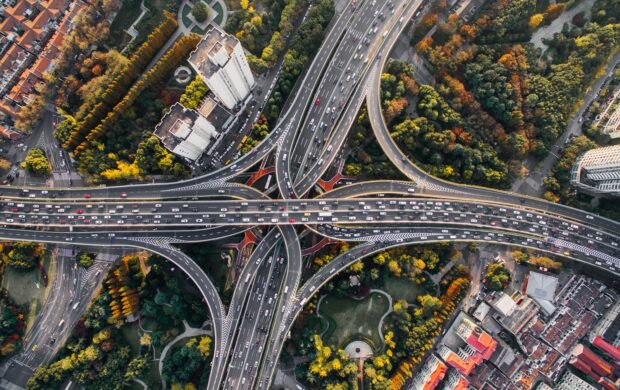






Join discussion